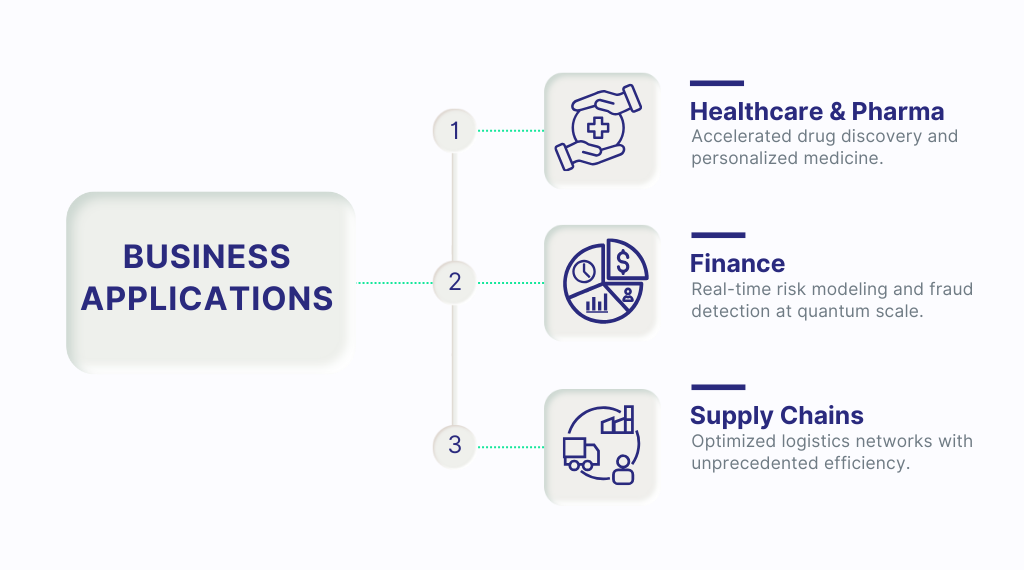Artificial Intelligence is not slowing down after 2025 — it’s accelerating into uncharted territory. The discussions at World Summit AI Amsterdam 2025 (WSAI 2025) is going to highlight how AI is transforming every industry today, but also hint at the next wave of breakthroughs that will define the coming decade.
For businesses, the key takeaway is clear: what you learn and adopt today determines your competitive edge in 2030 and beyond.
1. The Dawn of Agentic AI
From Generative to Autonomous Agents
While generative AI redefined content creation, agentic AI is the next leap forward. Unlike traditional models, agentic AI doesn’t just generate responses but it plans, executes, and adapts tasks autonomously.
Why It Matters for Businesses
- Automating end-to-end workflows (from lead capture → nurturing → closing deals).
- Scaling customer support with self-learning, multi-step AI agents.
- Reducing human error in critical processes like compliance and finance.
Analysts predict that by 2028, over 30% of enterprise software will embed agentic AI capabilities, reshaping how businesses operate.
2. Quantum Computing + AI: The Breakthrough Horizon
Solving the Impossible
Quantum computing is no longer theoretical and early commercial applications are emerging. When paired with AI, quantum systems promise to solve optimization and simulation problems millions of times faster than classical machines.
Business Applications
- Healthcare & Pharma → Accelerated drug discovery and personalized medicine.
- Finance → Real-time risk modeling and fraud detection at quantum scale.
- Supply Chains → Optimized logistics networks with unprecedented efficiency.
By 2030, Gartner projects that 20% of large enterprises will run quantum-AI pilots, moving from proof-of-concepts to production environments.
3. AI in Life Sciences and Healthcare
Beyond Diagnostics
AI is already transforming diagnostics, but the future lies in predictive and personalized healthcare.
- Genomics-driven treatments powered by AI analysis.
- Predictive models for early disease detection, cutting healthcare costs by up to 30%.
- Virtual clinical trials, reducing R&D timelines by 50%.
Why Businesses Should Care
Healthcare is becoming a data-driven industry, and any company in biotech, pharmaceuticals, or insurance must align with AI-powered healthcare ecosystems.
4. Physical AI: The Rise of Intelligent Machines
Robotics + Edge AI
By 2027, the global market for physical AI (robotics and edge intelligence) is projected to reach $43 billion. Unlike cloud-dependent systems, physical AI operates locally, enabling real-time decisions in manufacturing, logistics, and smart infrastructure.
Business Impact
- Smart factories with AI-powered robotics are reducing downtime by up to 40%.
- AI-enabled warehouses increasing throughput and accuracy.
- Urban infrastructure — from traffic management to energy grids — running on edge AI.
For businesses in industrial and urban ecosystems, physical AI represents both cost savings and new revenue streams.
5. Collaborative Intelligence: Humans + AI, Not Humans vs. AI
Augmentation, Not Replacement
AI works best when it augments human intelligence. This new paradigm, called collaborative intelligence, is redefining the future of work.
Use Cases Across Sectors
- Finance → Analysts using AI copilots for real-time portfolio modeling.
- Retail → Marketers combining AI personalization with human creativity.
- Healthcare → Doctors supported by AI diagnostics, boosting accuracy by 25%.
Companies embracing collaborative intelligence can unlock productivity gains while maintaining workforce trust and engagement.
6. The Regulatory and Ethical Imperative
Anticipating Stricter AI Laws
Global regulators are moving fast. From the EU AI Act to U.S. executive orders and Asia’s ethical AI guidelines, compliance is no longer optional. By 2026, 75% of enterprises will need formal AI governance frameworks.
Key Areas of Focus
- Data privacy and security
- Bias detection and fairness
- Explainability and auditability
Businesses that adopt responsible AI early will not only avoid legal risk but also gain customer trust as a competitive edge.
7. Preparing for the Next Decade
Action Steps for Businesses
- Invest in R&D and Pilots → Explore agentic AI, edge AI, and quantum pilots now.
- Build Cross-Disciplinary Teams → Combine AI engineers, ethicists, domain experts, and regulators.
- Adopt Sustainability Goals → Integrate AI into ESG strategies to cut costs and emissions.
- Stay Connected to Ecosystems → Engage with events like WSAI to remain ahead of trends.
Long-Term Outlook
By 2030, analysts predict 70% of global GDP will involve AI-driven interactions. The businesses preparing today will not just adapt — they will lead.
Why Symufolk Aligns with the Future
At Symufolk, our mission goes beyond deploying AI. We help businesses future-proof their strategies by aligning with frontier technologies, from responsible generative AI to autonomous agents, physical AI, and quantum integration.
By staying ahead of global AI movements like WSAI, we ensure our clients not only adopt AI but do so in a scalable, ethical, and future-ready way.
Conclusion
WSAI 2025 is not just about where AI is today, it is a preview of where AI is going. From agentic AI and quantum computing to collaborative intelligence and physical AI, the next wave of AI will redefine industries, economies, and societies.
For businesses, the opportunity is clear: act now, prepare for what’s next, and lead the AI-powered decade ahead.
FAQs:
1. What does “the next wave of AI” mean?
It refers to emerging breakthroughs such as agentic AI, physical AI, quantum-AI synergy, and collaborative intelligence that go beyond today’s generative AI.
2. Why should businesses prepare now for technologies like quantum AI?
Because adoption cycles are long, and early movers gain significant competitive advantages in efficiency, innovation, and market positioning.
3. What is collaborative intelligence?
It’s the approach where AI tools work alongside humans to augment — not replace — their skills, leading to higher productivity and trust.
4. How can my company start preparing?
Define AI priorities, launch pilot projects in agentic/physical AI, establish governance frameworks, and partner with technology providers.
5. Where does Symufolk fit into this journey?
Symufolk helps organizations adopt AI responsibly and strategically, ensuring solutions are innovative, scalable, and aligned with both business and regulatory goals.







